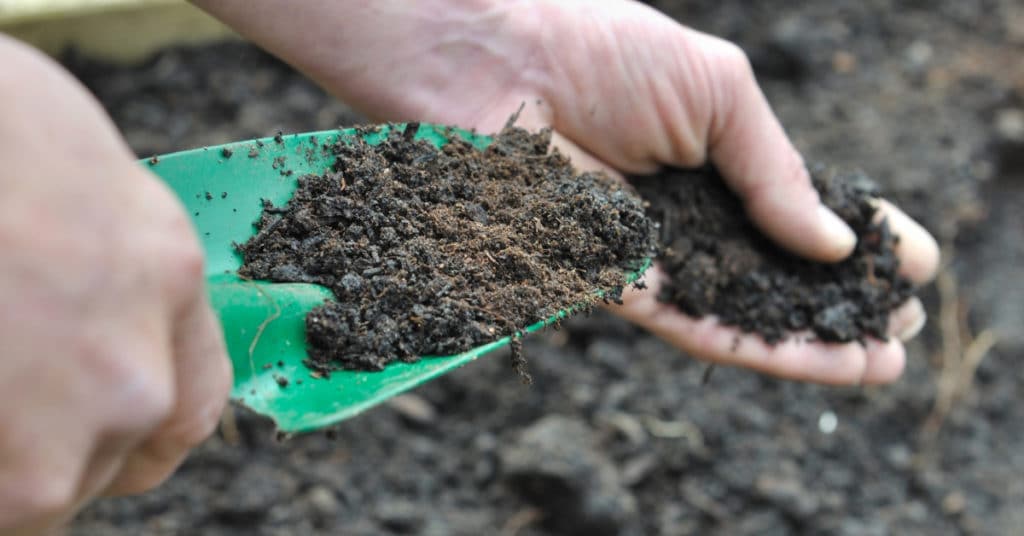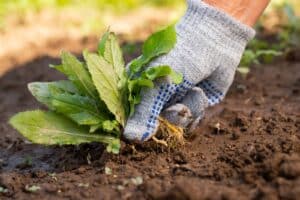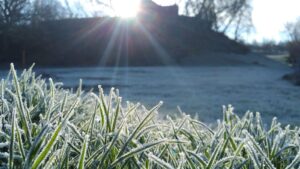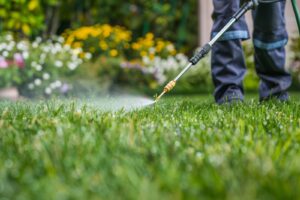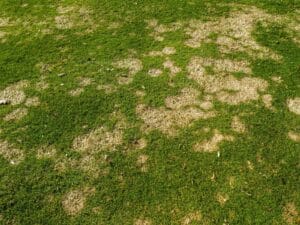Compost improves the texture of your soil. It will add nutrients to the soil that help it hold water and air better, making it a much healthier place for plants to grow. There are some misconceptions out there about composting being complicated, smelly, and messy. But this does not have to be the case. Composting the right way is very simple and will help your garden flourish.
There are two types of composting—hot and cold. Cold composting is simply gathering organic materials, allowing them time to decompose, and spreading them over your garden. Hot composting requires some “cooking”.
Why You Should Make Your Own Compost
Homemade compost is made up of natural materials and contains no harmful chemicals. You can avoid what is known as “killer compost” or store bought compost that contains herbicides that can kill your plants.
Making your own compost is like free fertilizer. You can make your compost up of waste you already create. This is also great for the environment as you can reduce your waste up to 30% when you reuse it as compost. Composing is a very eco-friendly practice. Not only will it help you reduce your waste, but it will also help you to avoid polluting the environment with harmful chemical-based fertilizer.
How to Make Your Own Compost
So, you want to make your own compost. But what can be composted? Start with brown materials—paper products, dry yard waste, wood waste, etc. This could include newspaper, cardboard, dry leaves, pine needles, twigs, wood chips, sawdust, and so on. Next, you can add green materials. This includes egg shells, vegetable scraps, coffee grounds, yard waste such as grass clippings, stems, and flowers, or animal waste.
You should not compost things that will smell, attract animals, or harm your garden. These may include any food containing meat, oil, fat, or grease. You should also avoid diseased plant materials, sawdust or chips that are from pressure-treated wood, dog or cat feces, weeds that go to seed, or any dairy products. When gathering compost, it is best to alternate between brown and green materials.
Use a compost bin to collect potential compost material. You can keep this bin in your yard or garage as you continually add things from your yard and kitchen to use later. You can even use a compost tumbler, which is a metal or plastic barrel that is mounted on a frame that allows it to rotate. Compost tumblers keep rain and animals out.
To create hot compost—once you have gathered your compost materials, you cook it. This is done by sprinkling water over your pile until it is damp. Do not soak it or the microorganisms in your pile will drown, leading your pile to rot. Stir your pile with a garden fork. Make sure it is slightly warm, it will break down easier. Be sure to stir thoroughly. Once your compost no longer gives off any heat and is dry, brown, and crumbled, it’s ready!


